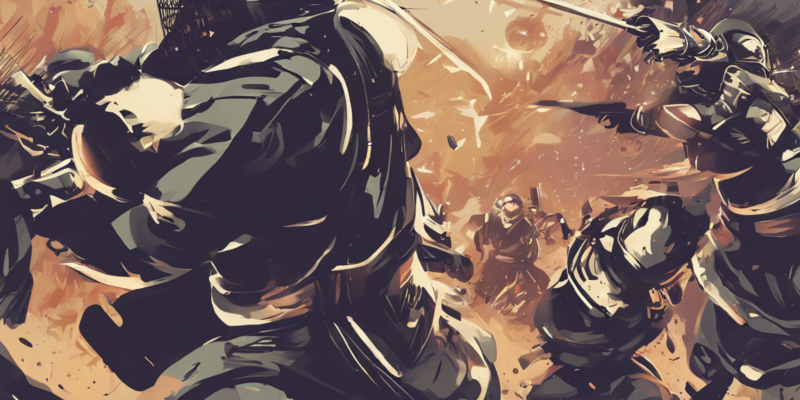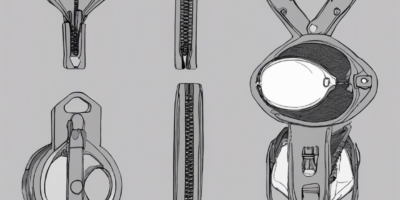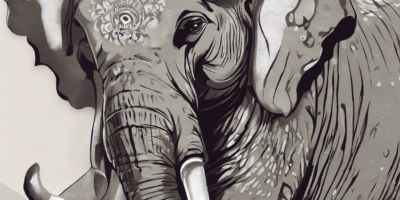Introduction:
In the annals of Indian history, there are certain events that stand out as turning points, which not only shape the course of the country but also have a profound impact on its future trajectory. One such event is the Chauri Chaura Incident that took place on 4th February 1922 in the small town of Chauri Chaura in the Gorakhpur district of Uttar Pradesh, India. This incident marked a critical moment in India’s struggle for independence and had far-reaching consequences for the Indian national movement.
Background:
The early 20th century was a period of intense political awakening and agitation in India. The British colonial rule had sparked widespread discontent among the Indian populace, leading to calls for self-rule and independence. The Indian National Congress, founded in 1885, had emerged as the primary political organization advocating for Indian rights and autonomy. Mahatma Gandhi, who had returned to India from South Africa in 1915, had begun to galvanize the masses through his principle of nonviolent resistance or Satyagraha.
The Non-Cooperation Movement:
In 1920, Mahatma Gandhi launched the Non-Cooperation Movement, calling for Indians to boycott British goods, institutions, and titles, and to engage in peaceful protests and civil disobedience. The movement garnered widespread support and participation across the length and breadth of the country, with millions of Indians joining the cause.
The Incident:
On 4th February 1922, a group of protestors participating in the Non-Cooperation Movement gathered outside the Chauri Chaura police station in a peaceful demonstration. Tensions escalated, and a confrontation ensued between the protesters and the police. In a moment of chaos, the police opened fire on the unarmed crowd, leading to the death of several protesters.
Key Events:
The firing by the police further agitated the crowd, and in a fit of anger and retaliation, the protesters set fire to the police station, resulting in the death of 22 police officers who were stationed inside. The incident at Chauri Chaura sent shockwaves throughout the country and had profound implications for the Indian national movement.
Consequences:
The Chauri Chaura Incident had profound implications for the Indian national movement and Mahatma Gandhi’s strategy of nonviolent resistance. Gandhi, deeply anguished by the turn of events, called off the Non-Cooperation Movement, as he felt that the movement had strayed from its path of nonviolence. The incident led to a period of reflection and reassessment within the Indian National Congress and forced leaders to reconsider their approach to the struggle for independence.
Legal Ramifications:
The British colonial authorities responded to the Chauri Chaura Incident with a heavy hand. In the aftermath of the incident, a trial was held, and 170 people were charged with various offenses, ranging from rioting to murder. Of these, 19 were sentenced to death, while the others received varying prison terms. The incident served as a stark reminder of the risks and sacrifices involved in the struggle for independence.
Historical Significance:
The Chauri Chaura Incident stands as a key moment in India’s struggle for independence. It served as a wake-up call for the Indian nationalist movement, highlighting the dangers of resorting to violence and the need to adhere to the principles of nonviolence and civil disobedience. The incident also brought into sharp focus the brutal repression unleashed by the British colonial authorities in response to acts of defiance and resistance.
Legacy:
The Chauri Chaura Incident left a lasting legacy on India’s freedom struggle. It underscored the importance of nonviolent resistance as a potent tool for political change and inspired future generations of Indian leaders to adopt peaceful means in their fight against colonial rule. The incident also highlighted the resilience and determination of the Indian people in their quest for freedom and self-determination.
Conclusion:
In conclusion, the Chauri Chaura Incident of 1922 remains a watershed moment in Indian history, symbolizing the sacrifices and struggles of the Indian people in their quest for independence. The incident serves as a stark reminder of the perils of violence and the power of nonviolent resistance in bringing about social and political change. It stands as a testament to the indomitable spirit of the Indian people and their determination to break free from the shackles of colonialism.
FAQs (Frequently Asked Questions):
1. What led to the Chauri Chaura Incident?
The Chauri Chaura Incident was triggered by a confrontation between a group of protesters participating in the Non-Cooperation Movement and the police outside the Chauri Chaura police station.
2. How did Mahatma Gandhi respond to the Chauri Chaura Incident?
Mahatma Gandhi was deeply anguished by the violence that erupted during the incident and called off the Non-Cooperation Movement as he felt it had deviated from the path of nonviolence.
3. What were the consequences of the Chauri Chaura Incident on the Indian national movement?
The incident led to a period of reflection and reassessment within the Indian National Congress and forced leaders to reconsider their approach to the struggle for independence.
4. What legal actions were taken in response to the Chauri Chaura Incident?
The British colonial authorities conducted a trial following the incident, with 170 people charged with offenses ranging from rioting to murder. Nineteen individuals were sentenced to death.
5. What was the significance of the Chauri Chaura Incident in India’s freedom struggle?
The Chauri Chaura Incident highlighted the dangers of resorting to violence and underscored the importance of nonviolent resistance as a potent tool for political change in India’s struggle for independence.














Comments